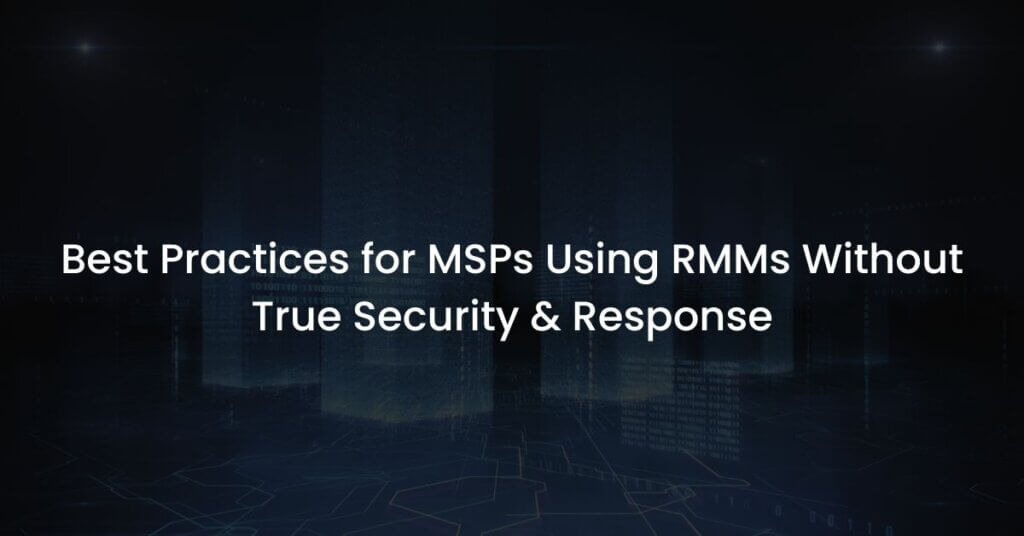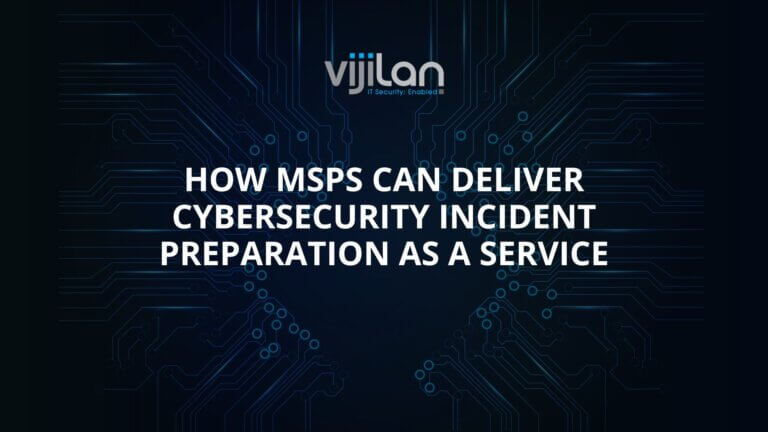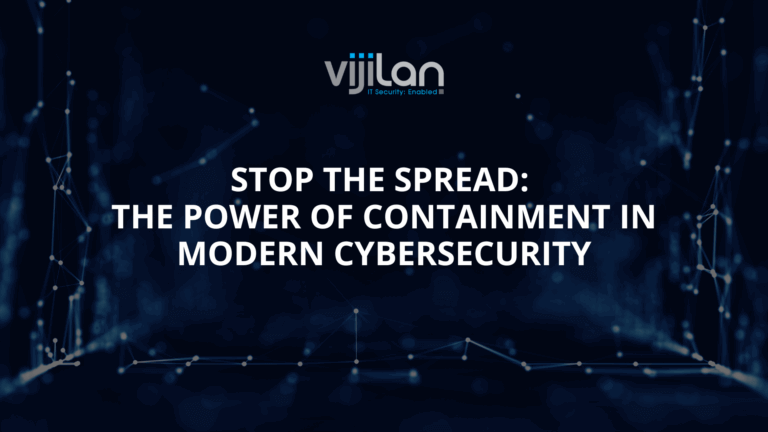If you’re using Kaseya, ConnectWise, N-able, or another RMM, you already know how valuable they are for IT management. But when it comes to cybersecurity, alerts alone won’t cut it. Threat actors don’t wait for tickets to be assigned.
Here’s how to strengthen your security game if your RMM lacks real threat detection, response, and recovery support:
1️⃣ Enable & Fine-Tune Logging
- Most RMMs collect logs, but they don’t analyze them.
- Best practice: Route logs to a dedicated SIEM/XDR that can detect anomalies before they escalate.
2️⃣ Implement 24/7 Monitoring
- Security incidents don’t follow business hours.
- Best practice: Have a team (or a trusted SOC partner) monitoring threats around the clock, not just reacting to alerts the next morning.
3️⃣ Automate Incident Response
- RMMs generate alerts, but what happens next?
- Best practice: Set up automated workflows that can isolate threats, escalate real incidents, and reduce alert fatigue.
4️⃣ Test Your Recovery Plan
- When an attack happens, do you know how long recovery will take?
- Best practice: Regularly test backup restoration, response playbooks, and recovery speed—because downtime kills businesses.
5️⃣ Augment RMM Security with Dedicated Threat Detection
- RMMs were never built to stop modern attacks.
- Best practice: Use a SOC that specializes in threat detection and response—one that can investigate, contain, and act when needed.
Most MSPs assume their RMM’s built-in security is enough—until they face an attack with no real support, action, or recovery assistance.
Alerts don’t stop threats. Action does.
This is where Vijilan helps—filling the gaps so MSPs can deliver real security, not just reactive IT support.
Are you relying solely on your RMM for security? If so, what’s your backup plan when an alert isn’t enough?
Want to see how Vijilan fills the gaps? Let’s talk.





